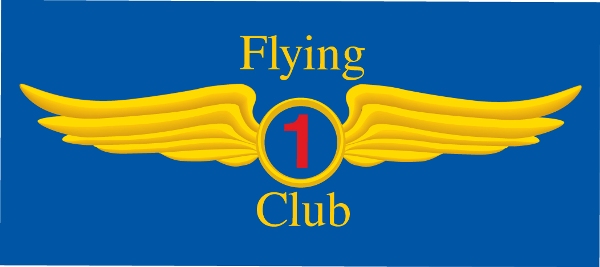
|
|---|
| Our Organization |
|
Home Events & Meetings Members & their Aircraft Join or Renew Volunteer Sign-up Sheet Contact Us |
| Gallery |
|
Gallery |
| Getting Started |
|
How to Get Started Sharpen Your Dream Instructors & Demo Flights |
| Flying in Northern VA |
|
Northern VA Airfields Airfields with Restaurants Poker Runs The Ambassador Program Video: Club 1 PPGs Video: Club 1 Trike PPGs |
| Weather |
|
USAirnet Wunderground Windy Virginia Weather Stations Historical Wind Speeds |
| Flight Planning |
|
SkyVector iFlightPlanner AirNav (airports) NOTAMs |
| Resources |
|
Instructors Stories Past Newsletters Bylaws and Budget Other Clubs Other Resources Liability Departed Members |
|
This website is supported by a gift in honor of Ed Lynch Site maintained by Flying |
General Aviation vs. Light Sport vs. Part 103
We fly under one of three different rules set by the FAA, the Federal Aviation Administration.
General Aviation ("GA")
Strictly speaking, General Aviation:, or "GA" comprises all recreational and private flying. But here at Flying Club 1 we use GA to mean the heavy end of recreational flying - the kind where you need a private pilot's license, as opposed to just a Sport Pilot license or no license at all. Here, the GA category includes all 4-place aircraft and common 2-place trainers like the Cessna 152 and the Piper Cherokee 140.
Light Sport
When The FAA's Light Sport program arrived in 2004, it made big changes for light flying.
- More makes and models. By simplifying the rules for getting aircraft approved, the FAA sparked huge innovation in the light sport area. Over 150 new “Light Sport Aircraft” arrived on the market.
- Simpler training. The FAA created the Sport Pilot license, good only for flying the new Light Sport Aircraft. Because these LSA's are restricted to daytime flying not on instruments, the FAA simplified the training requirements. You can get a Sport Pilot license for roughly $5,000 — half the cost of a Private Pilot license.
- Harder training for ultralights. The new rule eliminated the 2-seat ultralight trainers and the instructors who taught in them. The plan was that the instructors would become official FAA instructors and would buy the new LSA trainers that were similar to ultralights. They didn't. And those LSAs that are similar to ultralights did not sell. The upshot is that it's now hard to find instruction in an ultralight-like 2-seat airplane.
Part 103 (ultralights)
This is the most unregulated part of aviation. As long as you follow the airspace rules, you can build, buy, sell, and fly anything. The tradeoffs are that:
- Part 103 "vehicles" are all single-seat, very light, and thus sensitive to the wind.
- For airplanes (as opposed to trikes and PPGs) it's hard to find instruction. You will have to go out of state to find an instructor with a 2-seat ultralight-like airplane in which you can train. Note that this is not a problem for trikes and PPGs. Two-seat trikes are small and fly like Part 103 trikes, whereas most LSA airplanes do NOT fly like Part 103 airplanes, the LSAs being much heavier. All PPGs fly under Part 103.
The Rules in Brief
| Rule | Aircraft Limits | Flight Limits | License Required | Medical Required |
|---|---|---|---|---|
| GA | None.
Common GA training aircraft include:
|
None |
Private Pilot License. Extra training needed for:
|
3rd-class medical or Basic Med. (For details see aopa.org/FitToFly |
| Light Sport |
|
|
Sport Pilot License | None. Just a driver's license |
| Part 103 |
|
|
None | None |